What to Know About Rubbing Alcohol

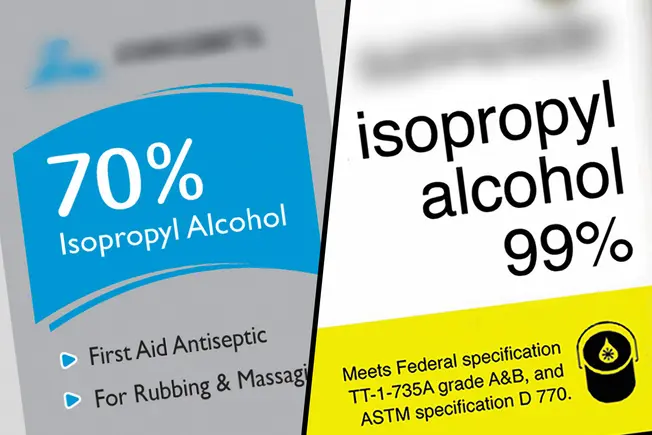
Stronger Isn’t Always Better
You can buy rubbing alcohol with a concentration of 70% or 99% isopropyl alcohol. Even though you may think the higher concentration is more effective, experts say 70% is actually better for disinfecting. It has more water, which helps it to dissolve more slowly, penetrate cells, and kill bacteria. The disinfecting power of rubbing alcohol drops at concentrations higher than 80%-85%.
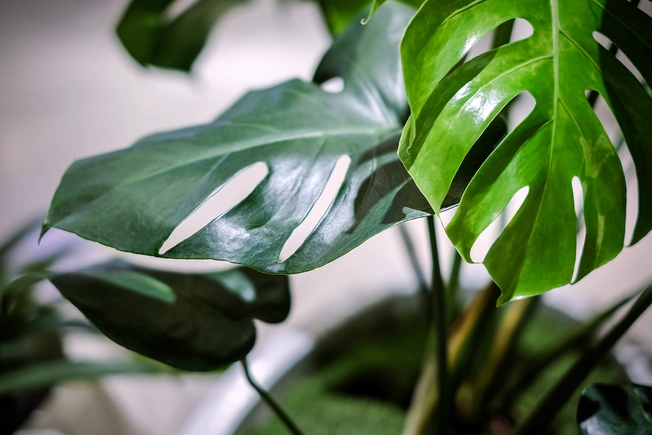
It Gets Rid of Plant Pests
Rubbing alcohol works as a natural, less toxic way to get rid of pests on your houseplants. Wipe the insect with a cotton swab dipped in it to stop small outbreaks of mealybugs, aphids, whiteflies, and scale crawlers.

It Eases Nausea After Surgery
It’s common to feel sick to your stomach or throw up after surgery. It’s a side effect of the medicine that helps you to sleep (anesthesia). Some research studies show that breathing in rubbing alcohol on alcohol pads can help to soothe your stomach after surgery. It may work faster than standard anti-nausea medicines, but the effects are short-term.
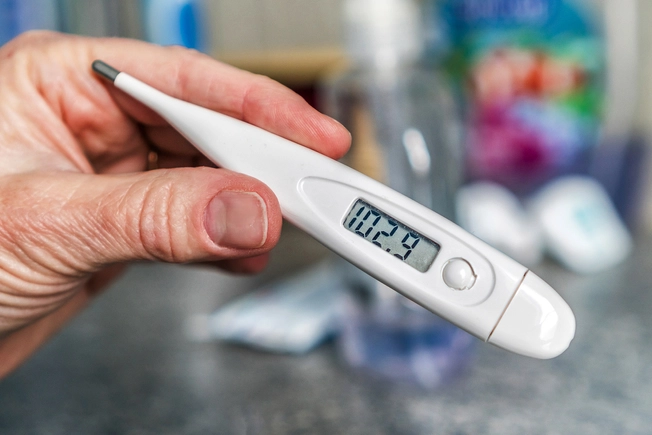
It Won’t Lower Your Fever
For years, doctors and parents sponged rubbing alcohol onto kids’ skin to treat fevers. It does make skin cooler to the touch, but today, science shows that alcohol is dangerous because it can soak into the skin and cause alcohol poisoning, coma, and even death, especially for babies and small children. Instead, bring down your child’s fever with medicine that has acetaminophen or ibuprofen.
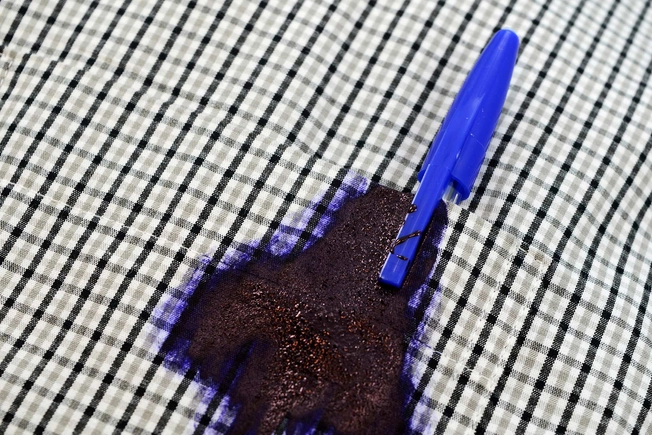
It Can Remove Ink Stains
Spilled ink on your shirt and don’t have any stain remover? Try rubbing alcohol. The key is to act quickly before the stain dries -- older ones are harder to get out. Cover the stain with a pad dampened with rubbing alcohol. Continue to change the pad as it soaks up the ink stain.
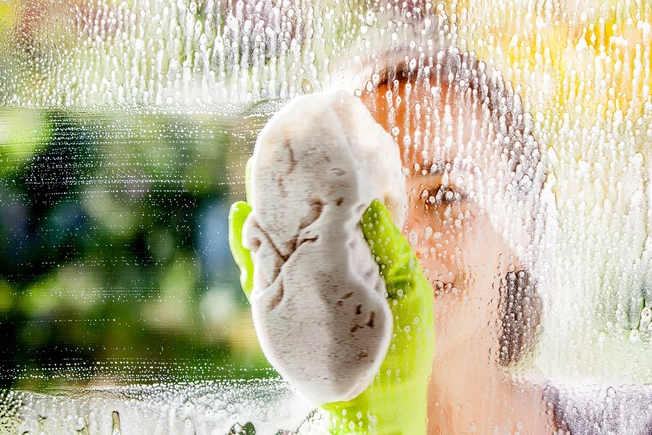
It Cleans Up Around the House
You can use rubbing alcohol to clean some surfaces. For a DIY glass and window cleaner, mix 1 pint rubbing alcohol with ½ cup ammonia and ½ teaspoon liquid dish detergent. Add enough water to make a gallon and pour into spray bottles. To get bugs and tree sap off of your car, first wash your car and then dab some rubbing alcohol on leftover spots with a cloth.

It Can Make a DIY Cold Pack
To make a cheap cold pack, pour a 1-1 solution of rubbing alcohol (70%) and water into a reusable storage bag, then pop it into the freezer. You can even add blue food coloring to make it look like a store-bought ice pack. It won’t get hard in the freezer. You can use it on minor sprains and strains.
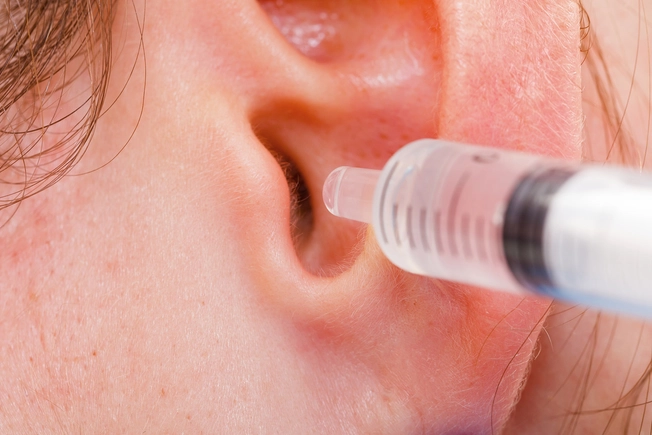
It Can Ease an Ear Infection
Mix a 1-to-1 solution of rubbing alcohol and white vinegar. Pour a little into each ear, then let it drain out. The mixture helps to restore your ear’s pH levels after an ear infection and dry them out after a long day at the pool.
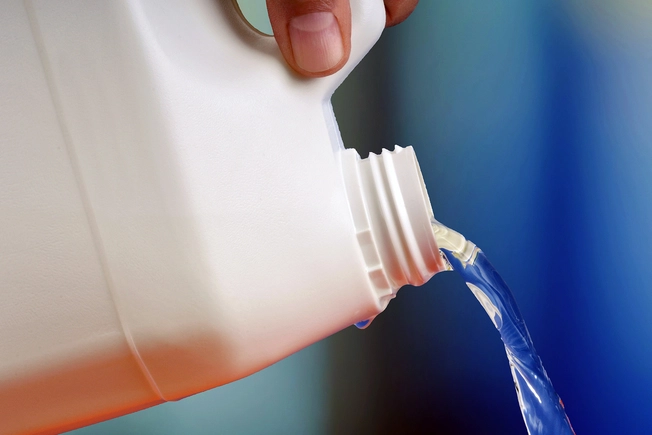
It Doesn’t Mix With Bleach
Never combine bleach with rubbing alcohol. It can release dangerous gases that may damage your lungs. Symptoms of chlorine gas exposure include burning in your eyes, throat, and lungs.
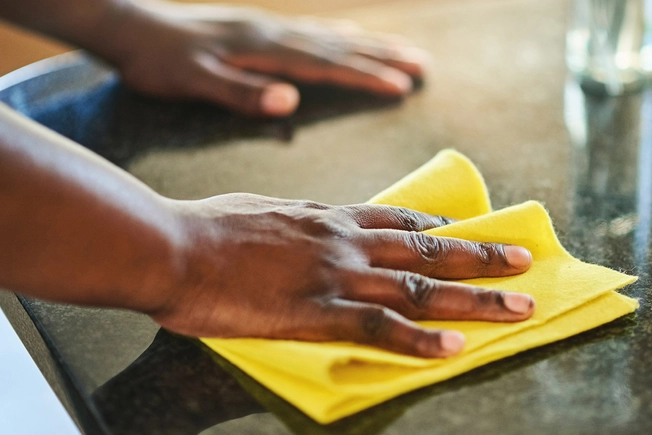
It Disinfects (Most) Things
You can mix a 50/50 solution of water and rubbing alcohol to disinfect your hard-surface countertops, like granite and quartz. Hospitals also sometimes use alcohol towelettes to get rid of germs on small surfaces like stethoscopes, scissors, and thermometers. Experts don’t recommend using rubbing alcohol to sterilize medical and surgical equipment because it can’t kill bacterial spores, which can lead to infection.
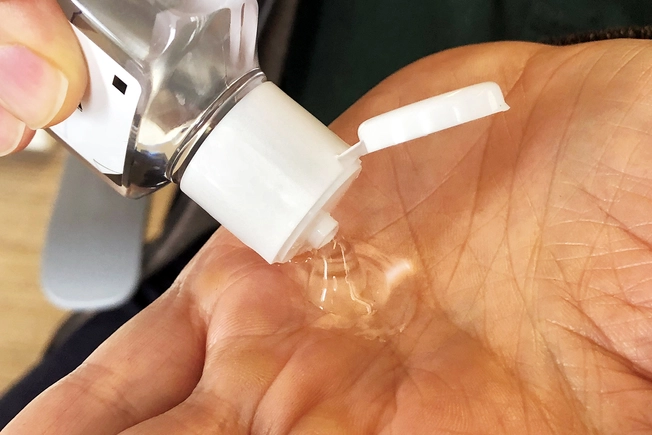
It Makes Hand Sanitizer
You can make your own hand sanitizer at home with a few ingredients. Mix ⅔ cup of rubbing alcohol and ⅓ cup of aloe vera gel in a bowl until blended. You can add a few drops of essential oil, in a fragrance you like, to mask the alcohol smell if you want. Whisk the oil into the other ingredients and pour into a container. Be sure to wash your hands before you start, and clean the container to get rid of any dirt.
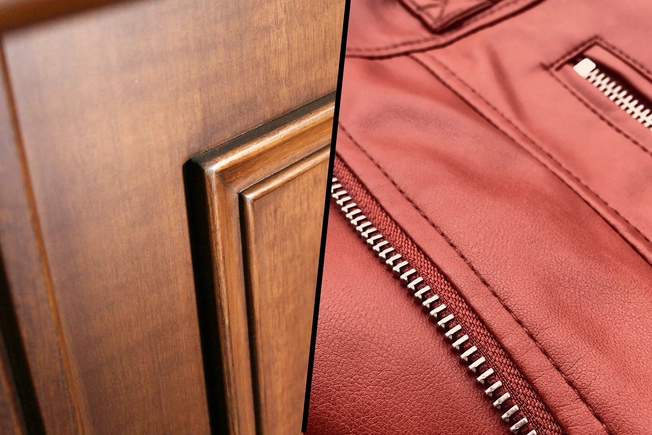
It’s Not a Friend to Wood or Leather
You can use rubbing alcohol on some surfaces like marble, limestone, or terrazzo, but not on wood. The chemical will damage a wood finish. And while it’s safe to use in a pinch on coated leather, like in your car, over time, it will damage and discolor the leather. Use special cleaners made for leather and wood instead.